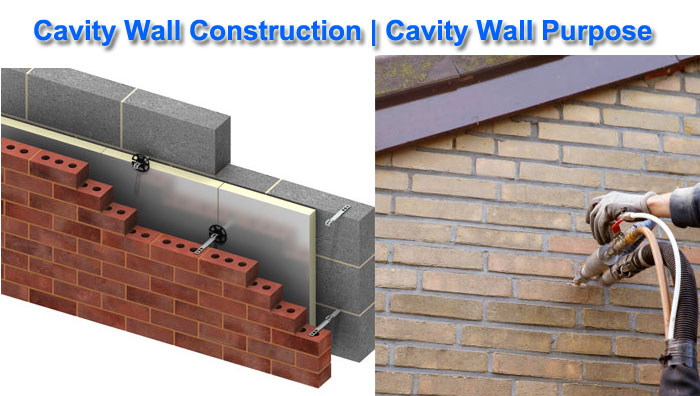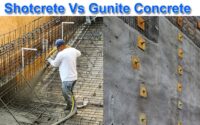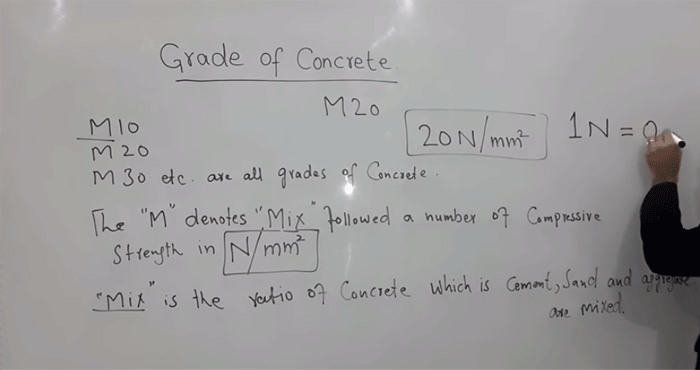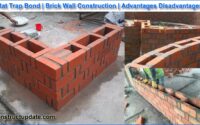What is Cavity Wall | Cavity Wall Construction | Advantages and Disadvantages of Cavity Wall
Cavity walls are created in such a way that empty space or cavity is left between every single wall. Hollow Wall is another name for them.
Two walls are joined together to form a cavity wall. For insulation purposes, a small space is created between these two walls.
The leaves of the cavity wall are two walls that have a little gap between them for insulation purposes.
The external leaf is the outer wall, and the internal leaf is the inside wall.
The size of the empty space or hollow should be between 4 and 10 cm. The thickness of the internal and external leaves should be 10 cm.
For a robust attachment, these two leaves of the cavity wall are joined by links or metal ties.

Construction of a Cavity Wall
A hollow wall is a masonry wall with two leaves separated by an air gap and tied together by ties.
The hollow walls are often made up of two skins, which can be made of brick, cinder blocks, or reinforced concrete blocks, among other materials.
It is held together by metal links at appropriate intervals, with an air space between them.
When it’s regarded as a non-load-bearing wall, the cavity wall’s two skins may be of identical thickness.
When necessary, the inner wall might be thicker than the outside wall.
The weep holes create an air circulation system in the cavity walls, which aids in the removal of evaporated water from the cavity.
A weep hole is constructed by separating multiple vertical joints around two metres apart at the foot of each floor.
The Benefits of Cavity Walls:
- Cavity walls are better than solid construction walls for damp avoidance.
- They are best used as heat insulators, as they can reduce heat transmission from the outside.
- When compared to hollow walls, sound waves travel quicker through solid walls. As a result, cavity walls provide the finest sound insulation.
- The cost of constructing a cavity wall is around 20% less than that of constructing solid walls. As a result, they are also cost-effective.
Cavity Walls Have Following Drawbacks:
- Cavity wall building necessitates highly skilled personnel and masons.
- Require that it be built under strict monitoring.
- It also requires a vertical damp proof course.





